
Are paw protectors good for dogs
Imagine you’re in a snowy Boston afternoon, lacing up your boots while your 10-month-old Golden Retriever, Leo, wags his tail by the door.
Dogs have an uncanny ability to find the one spot that needs healing and turn it into a bigger problem with their paws or teeth. A neck wound, in particular, can be tricky—its location makes it easy for them to reach, and constant scratching or licking can delay healing, introduce infection, or even tear stitches if there were recent surgery. The first step is to assess why they’re fixated. Sometimes it’s itch from healing tissue, other times irritation from a collar rubbing, or even anxiety. Whatever the cause, acting fast is key.
Start with temporary barriers that let the wound breathe but block access. Soft e-collars, often called “cones,” are a vet favorite, but many dogs hate the restriction. Look for inflatable neck pillows instead—they’re more comfortable and let your dog move around without reaching the wound. Just make sure it’s the right size: too loose, and they’ll wriggle free; too tight, and it could chafe. In some places, like parts of the UK, using a cone that’s too restrictive might raise concerns under animal welfare laws, so checking with your vet for a legal, safe option is smart.
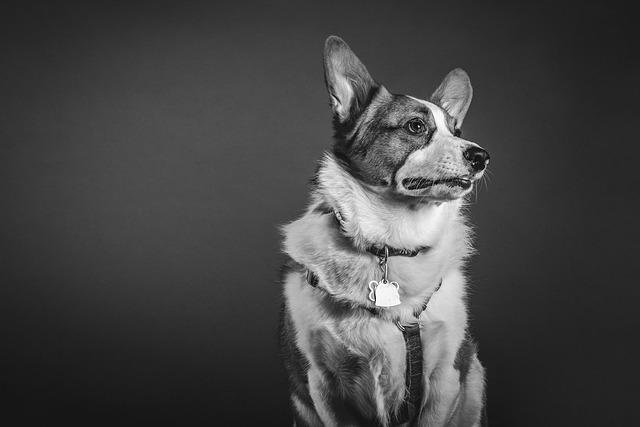 Next, address the root of the itch. Keep the wound clean with a vet-recommended antiseptic—avoid home remedies like hydrogen peroxide, which can damage tissue. If the skin around it is dry or inflamed, a hypoallergenic balm might soothe the urge to scratch. For dogs with allergies, which often trigger relentless scratching, your vet might suggest antihistamines or a special diet. Be cautious with over-the-counter meds, though: some human drugs, like certain painkillers, are toxic to dogs. In the EU, for example, giving pets unapproved medications can land you in trouble with local regulations, so always get professional approval first.
Next, address the root of the itch. Keep the wound clean with a vet-recommended antiseptic—avoid home remedies like hydrogen peroxide, which can damage tissue. If the skin around it is dry or inflamed, a hypoallergenic balm might soothe the urge to scratch. For dogs with allergies, which often trigger relentless scratching, your vet might suggest antihistamines or a special diet. Be cautious with over-the-counter meds, though: some human drugs, like certain painkillers, are toxic to dogs. In the EU, for example, giving pets unapproved medications can land you in trouble with local regulations, so always get professional approval first.
Adjust their environment to reduce temptation. If they’re crate-trained, a cozy space with their favorite toy can distract them from the wound. For high-energy breeds, short, frequent walks (on a harness, not a collar, to avoid pressure on the neck) burn off energy so they’re less likely to fixate. Puzzle feeders or treat-dispensing toys keep their minds busy, too. In the US, many cities have leash laws that apply even when your dog is recovering, so keeping them controlled during outdoor time isn’t just safe—it’s often required by law.
Finally, monitor progress closely. A healing wound should look pink and shrink over time, not red, swollen, or oozing. If you notice signs of infection, or if your dog won’t stop scratching despite your efforts, head to the vet right away. Remember, patience goes a long way—most wounds heal within a couple of weeks with proper care. By combining gentle barriers, vet-approved treatments, and plenty of distraction, you’ll help your pup get back to their happy, healthy self in no time.

Imagine you’re in a snowy Boston afternoon, lacing up your boots while your 10-month-old Golden Retriever, Leo, wags his tail by the door.
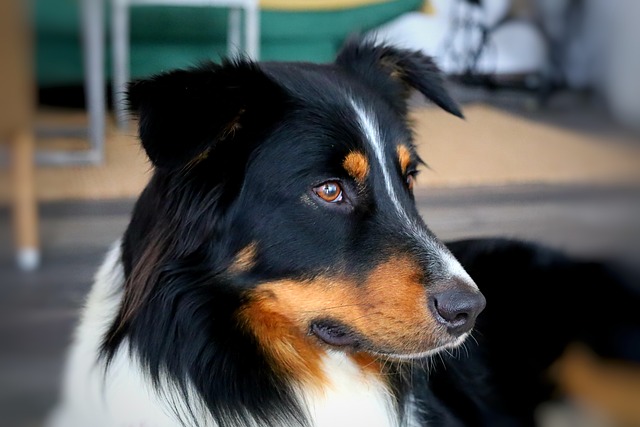
Imagine you’re in your New York City apartment, tossing your 18-month-old Lab mix their favorite rubber chew toy—they usually pounce on it
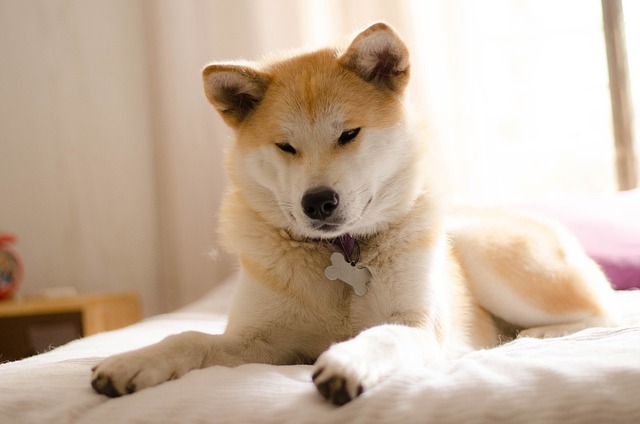
Akitas are striking dogs, but living with one comes with unique challenges that many first-time owners underestimate. Their independent streak runs deep—this isn’t a breed that craves constant attention or blindly follows commands.

Imagine you’re in your Seattle apartment, handing your 2-year-old Shih Tzu their favorite hard dental chew—they usually grab it and run to their bed, but today they sniff it
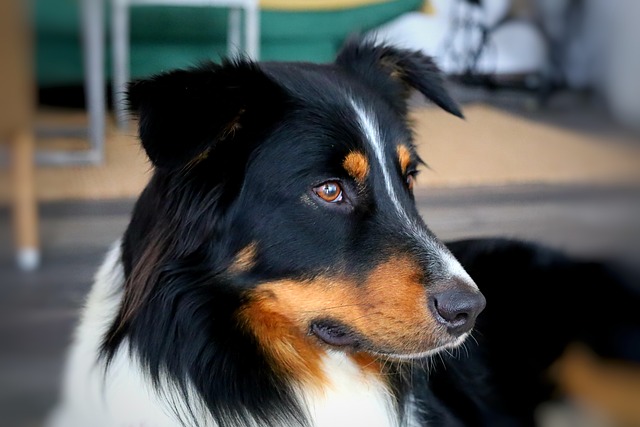
Imagine you’re in your New York City apartment, trying to give your 18-month-old Boston Terrier a belly rub—they usually lean into it, but today they pull away
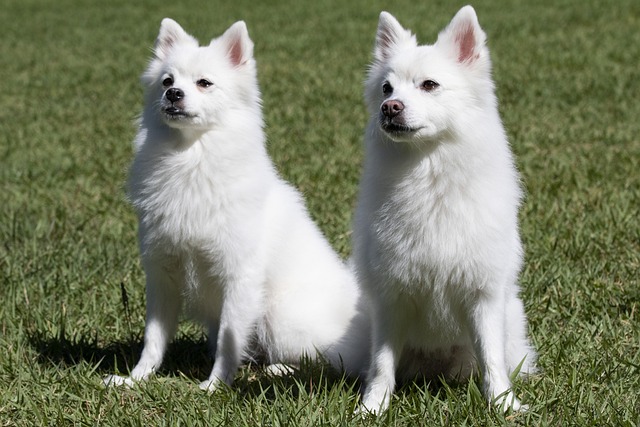
Imagine you’re in your Brooklyn apartment kitchen, stirring a pot of cooked chicken and rice for your 6-month-old Corgi pup.